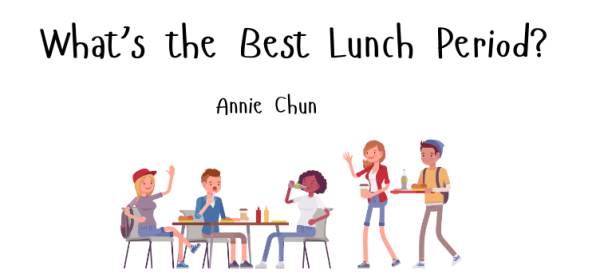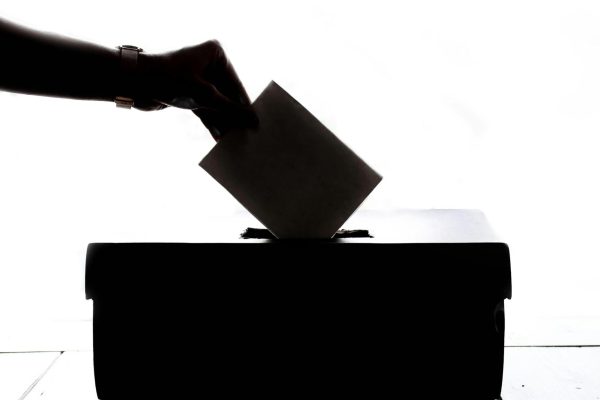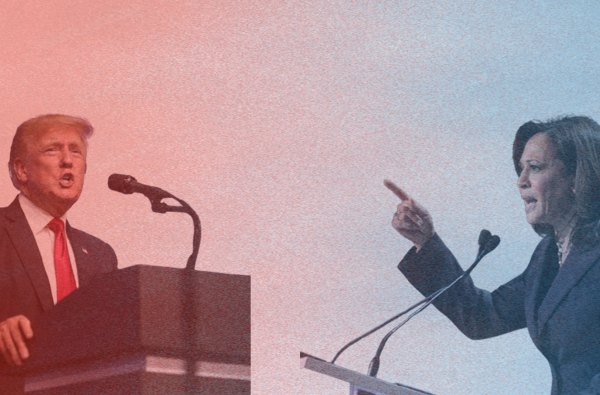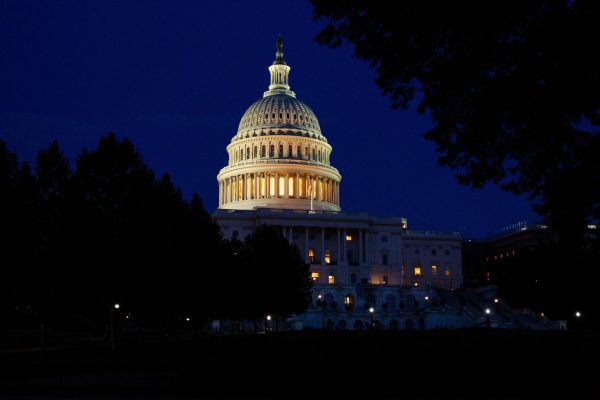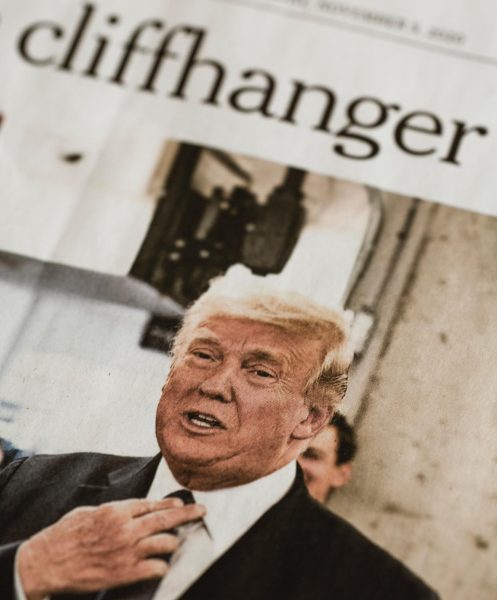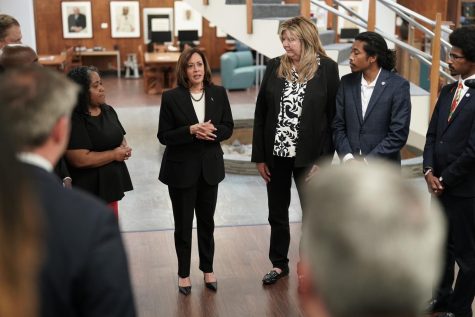The Rise and Fall of the Women’s March
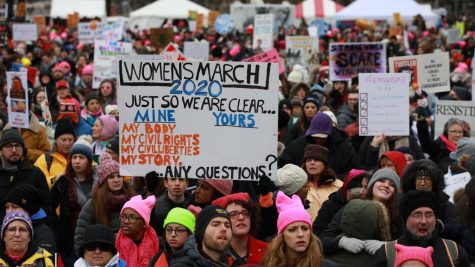
Pink pussyhats painted the grounds of Freedom Plaza this Saturday, as thousands of women and allies came together for the 2020 Women’s March. Accompanied by a slew of clever protest signs, they united around a desire for change, advocating for issues from Trump’s impeachment to disability rights to curbing global climate change. However, this year marches paled in comparison to the 2016 march, with crowd sizes diminished from nearly 1 million to 10,000 attendees.
Since 2016, the march that once garnered attendance from nearly 1% of the U.S. population has faced a series of challenges, many internal. After allegations of antisemitism emerged from the top of their board, three of the organization’s top members, Linda Sarsour, Tamika Mallory, and Bob Bland resigned from their positions. The organizers have also faced a number of critiques of furthering a brand of pseudo-feminism concerned with white, cisgender women.
The concerns reflect a historical problem with the feminist movement. Early “feminist” marches instilled racist ideals in an attempt to forward a “women” first agenda that often only served cisgender, white women. Organizers requested that black women march at the back of the protests, hoping to ensure that white, Southern women wouldn’t be uncomfortable with them. Transgender women have historically found more of a home within the LGBTQ+ movement than the feminist one, as the feminist movement still struggles to adequately embrace transgender women.
Today, Women’s March has found itself entrapped in similar historical issues, most clearly because of the marches’ tendency to attract white, upper-middle-class women. Black Lives Matter Los Angeles reported explicit exclusion from the 2020 March, despite repeated attempts at asking to be included in the organizing efforts. In a press statement, they called the Women’s March’s brand of feminism “liberal White-supremacy”, comparing it to suffrage-era, anti-Black feminism. Similarly, the organization’s 2020 focus topics are notably low on the Independent Women’s Forum’s, or IWF’s, list of concerns for black women. While the Women’s March chose to highlight reproductive rights, climate change, and immigration on their agenda, the IWF reports that the two highest-ranking concerns for Black women are safety (or, informally, ending police brutality) and income security.
Attempts at crossing racial and geographic divides were evident in the 2020 speakers for the Washington march, which included descendants of Martin Luther King Jr. and Lastesis, a feminist theater group from Chile whose chant has more recently emerged as a feminist anthem, particularly in Latin America. However, the speaking choices, some local activists say, came at the cost of D.C. natives doing important work on racial justice in their home community. Notably, Helisa Cruz, the co-President of March for Our Lives D.C., called out the organization the night before at a community rallying event. She explained that after numerous attempts at reaching out, local black activists were excluded from conversations concerning the 2020 goals of Women’s March DC, and resultingly, that the organization’s activism didn’t adequately reflect or include black, D.C. youth.
The internal turmoil at Women’s March may, at least to some degree, be responsible for the diminished crowd sizes in 2020. High national support for Trump’s impeachment and the march’s close timing to his trial, a core marketing peg for the day of action, should have helped the organization draw crowd sizes, but didn’t seem to make much of an impact. A host of other issues, including difficult weather in D.C. and a general decrease in national attention, could attribute to the same issues.
The small crowd sizes don’t necessarily signal an end of the organization’s mission. Since 2016, the organization has expanded its mission significantly, now including lobbying and a slew of local chapters. For students like Erika Coon (12), the march still has an important symbolic power, in that she said she feels it gives her the ability to demonstrate that she doesn’t agree with the President’s current politics. However, the comparatively-tiny crowd sizes reflect an organization struggling to stay relevant and inclusive in 2020’s political climate, and draw important questions about its future trajectory.



